Fender Stratocaster 1986 Graffiti Yellow – ex Jeff Beck

Fender Stratocaster 1986 Graffiti Yellow – ex Jeff Beck
The world of creativity is shaped by lightning-bright, visionary minds that disrupt the established order to open up new realms of possibility. These inspired individuals overturn conventions only to elevate them, enabling a kind of creation freed from constraints. Some call it genius, others rely on reason to explain such talent — but only time can secure their place in history. Alongside Mozart, Beethoven, and Debussy, the world of rock has its own icons: B.B. King, Jimi Hendrix, and Jeff Beck. Revolutionizing everything we thought possible with an electric guitar, they transformed rock and paved the way for entire generations of musicians. Jeff Beck was one of them: he made the six-string his own in an utterly revolutionary way, establishing a new vision of guitar playing and tone. A master of fingerstyle and vibrato, Jeff Beck had a sound that was unique and unmatched, constantly pushing the limits of what could be done. His visceral relationship with the instrument was built around a specific model: the Fender Stratocaster. This Graffiti Yellow Strat is an exceptional guitar that accompanied Jeff Beck between 1986 and 1989, and corresponds to Fender’s very first signature series. It’s a direct testament to Jeff Beck’s vision of the guitar — an instrument he helped turn into a symbol of sonic possibility.
Jeff Beck is one of the most influential musicians of all time. Throughout his prolific career, he constantly pushed boundaries, elevating the guitar into an instrument of perpetual innovation. This Graffiti Yellow Strat is a unique guitar designed and built by the Fender Custom Shop in the late 1980s. It stands as direct evidence of Jeff Beck’s relentless pursuit of perfection and originality.
In February 1986, while attending a Fender presentation at the Hilton Hotel in London, Jeff Beck was introduced to the idea of creating artist-designed signature models. Following that meeting, Beck asked Fender to build him a special guitar for his upcoming tour in Japan later that year. His main requests: an extra-wide neck and a yellow body to match his replica 1932 Ford Hotrod Coupe from the movie *American Graffiti*. He chose a ’62 Reissue body with an enlarged headstock from the options offered. The guitar was equipped with a standard tremolo, a 60s-style eleven-screw pickguard, and pickups from the 1960s. It made its stage debut in Japan in August 1986. Beck continued working closely with the newly founded Fender Custom Shop (established in 1987). After several rounds of modifications in 1987–88, the original 1986 body was retained, but the American Standard bridge was swapped for a tremolo prototype mounted on a brand-new, one-of-a-kind neck featuring the first edition of Sperzel Star tuners, then still in development. Fender’s idea was to have Beck test these new components.
Once the guitar returned to Beck’s hands, this new configuration was seen during a photo shoot at Paisley Park with photographer Robert M. Knight in May 1989. Shortly after, the guitar appeared on stage again during Jeff Beck’s Japanese “Guitar Shop” tour in August 1989 — a clear sign that he appreciated the upgraded setup. The guitar also features in several photos from that tour and on the cover of *Young Guitar* magazine’s November 1989 issue. After the tour, Beck didn’t continue with the signature model project, and the guitar was returned to Fender. However, around 1990, the neck was repaired and fitted with the latest Lace Sensors, making it the very first prototype of the Fender Strat Plus. Fender then sent the guitar back to Jeff Beck.
The guitar in its current form combines the original 1986 touring body with the neck and components from 1989. Though it began life as a 1962 Stratocaster Reissue, it evolved into an ongoing collaboration between Jeff Beck and Fender — ultimately giving birth to the very first Strat Plus. Its electronics include two tone knobs and a five-way selector switch, offering a wide tonal range characteristic of Jeff Beck’s playing style.
After these tours, the guitar remained with Jeff Beck until 1994, when he met Suzy O’Hara, a flight instructor. The two began a relationship when she agreed to teach Beck how to fly in Kent. Between 1994 and 1996, Jeff tried to teach Suzy guitar, and he gave her this Graffiti Yellow Strat. Suzy O’Hara recalls that during their lessons, Jeff praised the feel of the guitar’s neck, saying it had “an incredible touch” and that he’d like to get it back and swap it with another — but the exchange never happened, and the guitar still retains that unique, original neck he loved so much.
This prototype Stratocaster is a guitar of great historical importance. It stands as a milestone in the development of the Jeff Beck Signature model and the Strat Plus, serving as a key artifact in both Jeff Beck’s career and the history of the Fender Custom Shop. The collaboration between the two resulted in an instrument that captures Beck’s tone and playing style while also demonstrating the Custom Shop’s commitment to craftsmanship and innovation. This Graffiti Yellow guitar is an exceptional testament to the enduring legacy of one of the world’s most influential guitarists — who shaped this instrument to reflect his taste, inspiration, and approach to playing.
Jeff Beck
In the heart of the 1960s, when the electric guitar was becoming the ultimate weapon of young British musicians, one name emerged as that of a true visionary: Jeff Beck. After a remarkable stint with the Yardbirds — where he succeeded Eric Clapton before crossing paths with Jimmy Page — Jeff Beck quickly carved out his own path. A winding, daring path where virtuosity never existed for its own sake, but to express a raw, visceral, almost mystical emotion. Jeff Beck never sought ease or compromise. Where many would have chained together hits, he chose instead to experiment, bend sounds, and push the limits of the guitar. From the incandescent blues rock of Truth to the avant-garde fusion of Blow by Blow and Wired, he relentlessly explored new sonic territories, blending the power of rock with the finesse of jazz, the freedom of funk with the precision of studio craftsmanship.
A virtuoso beyond category, Jeff Beck didn’t need words to move people. A single note, shaped by the unmistakable vibrato of his Stratocaster, was enough to tell an entire story. Where others made their amps scream, he made his guitar sing. With light fingers and precise touch, he handled sound like a painter handles light, always searching for subtle, unexpected nuances.
In the studio as on stage, Jeff Beck was a passionate solitary figure. No nostalgia, no posing — just an endless love for the instrument and an unbroken curiosity until the very end. From his beginnings in London clubs to his final tours alongside musicians of all generations, he remained one of the last true sonic adventurers, constantly pushing boundaries that many would have considered already reached.
Jeff Beck was not just a guitarist. He was a school unto himself, a free electron who refused to belong to any genre. He inspired entire generations — from Clapton to Slash, from Satriani to John Mayer — without ever repeating himself. One thing is certain: in the history of the guitar, he will forever remain the man who made the strings speak like no one else, a truth embodied in every instrument from his collection.
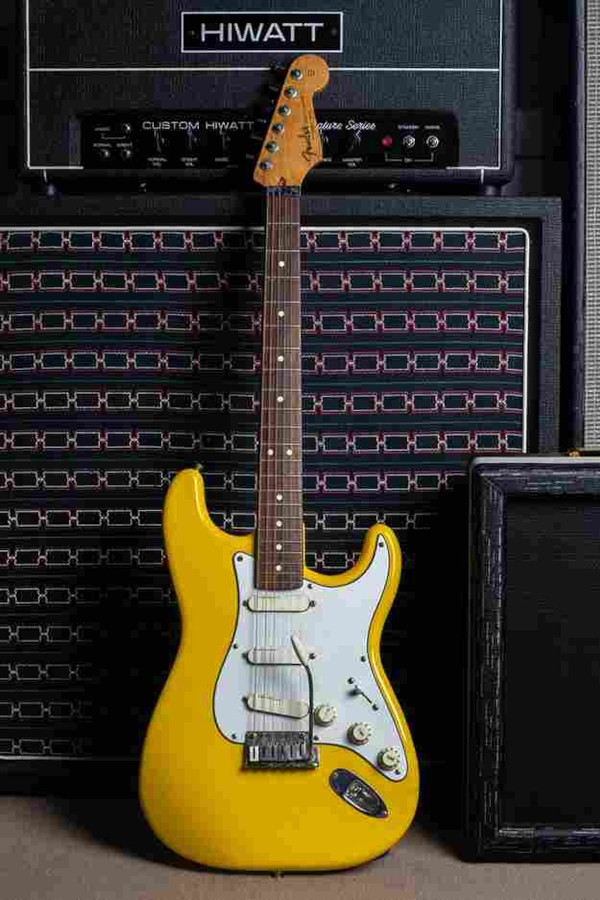

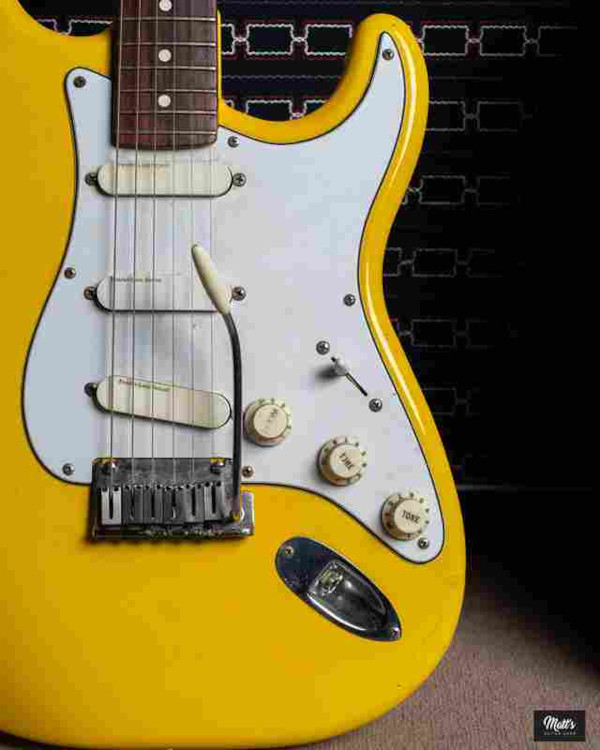
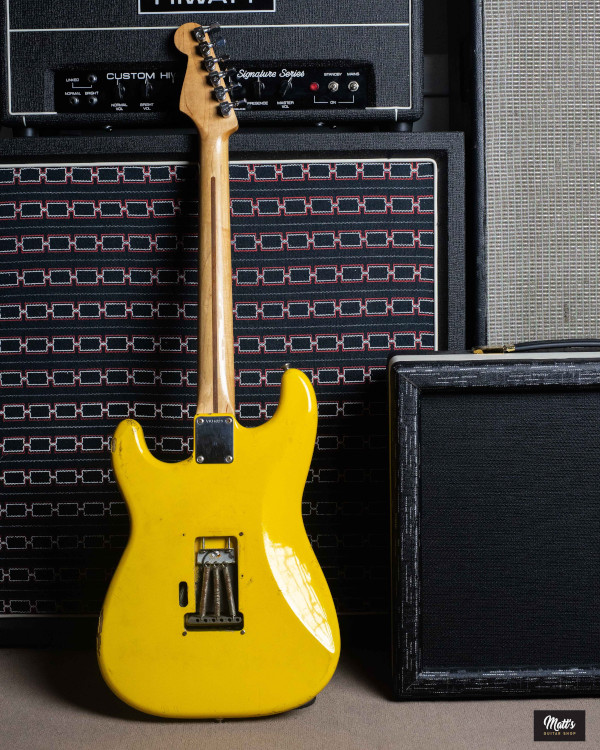
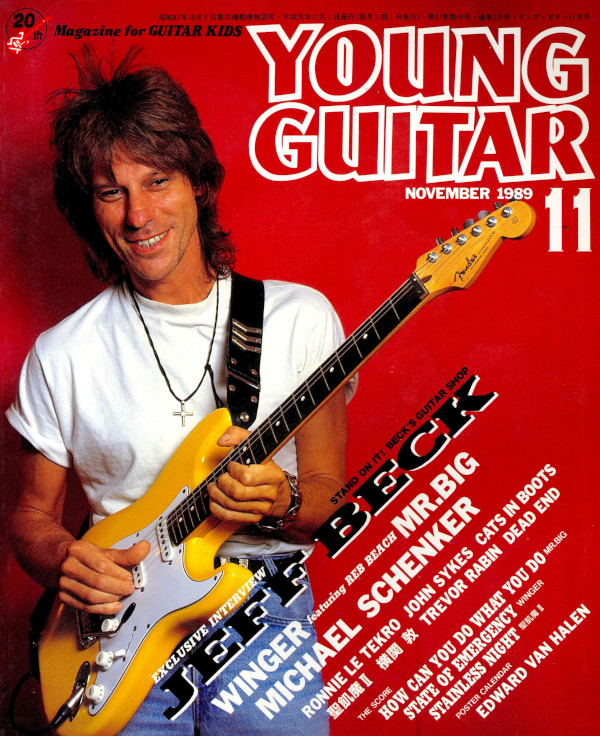
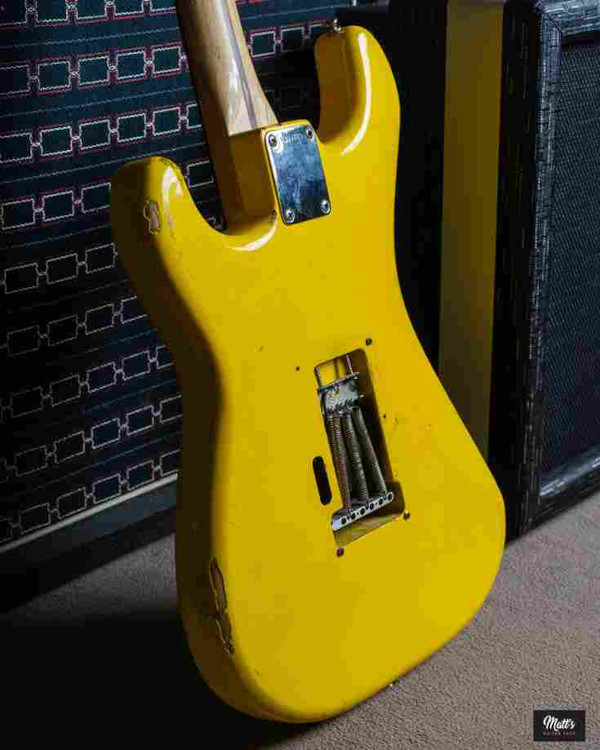
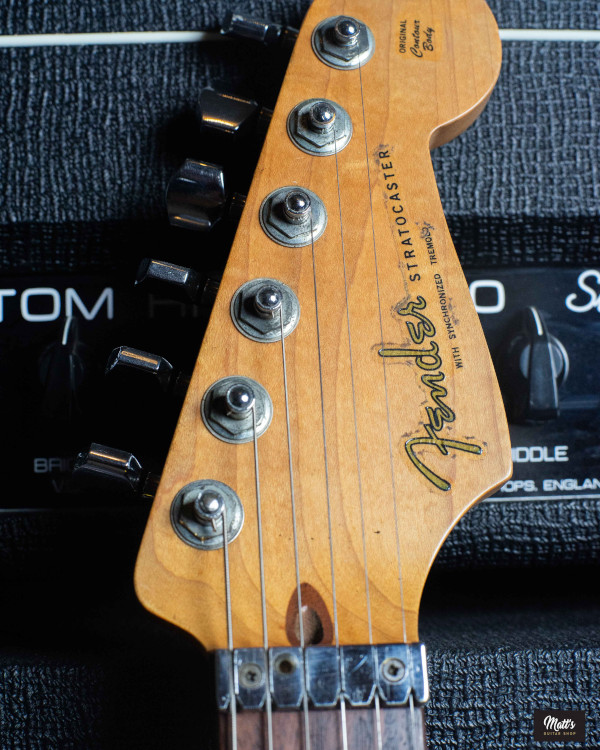
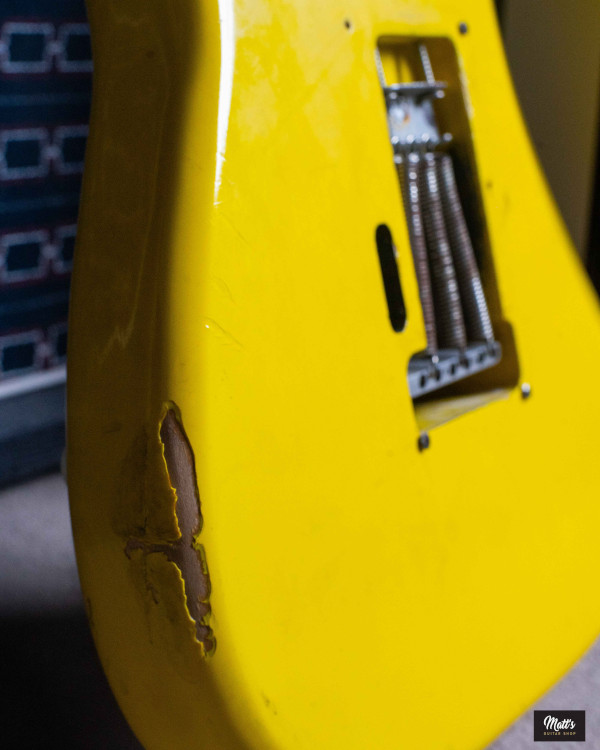

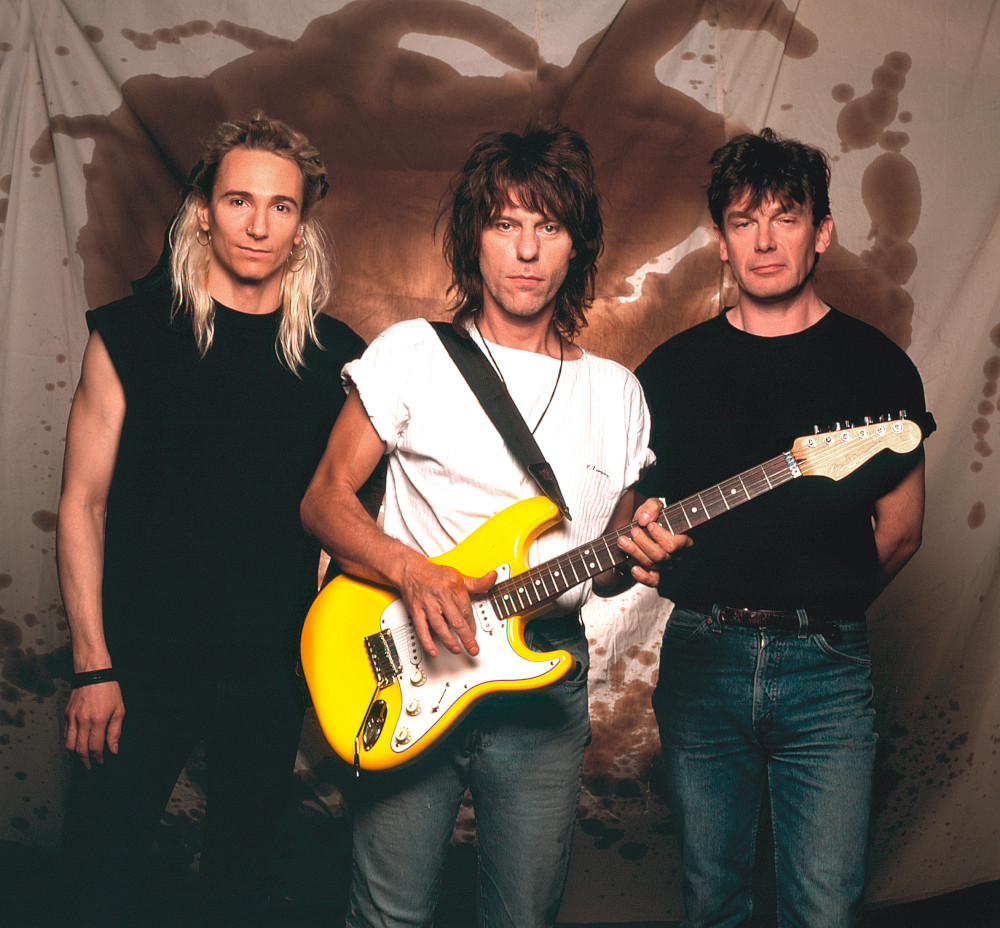
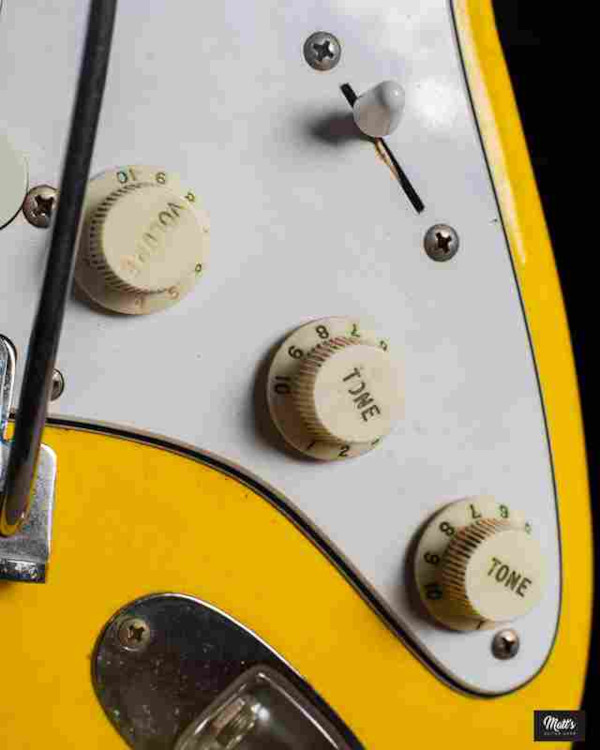
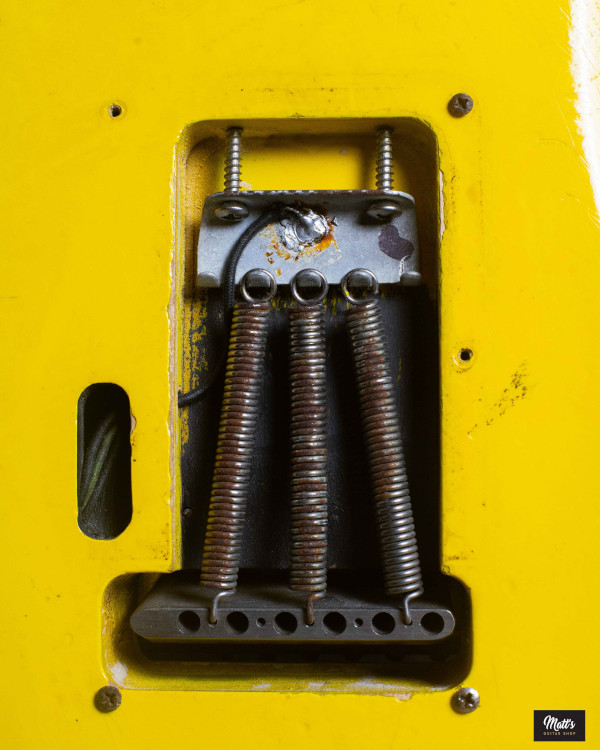

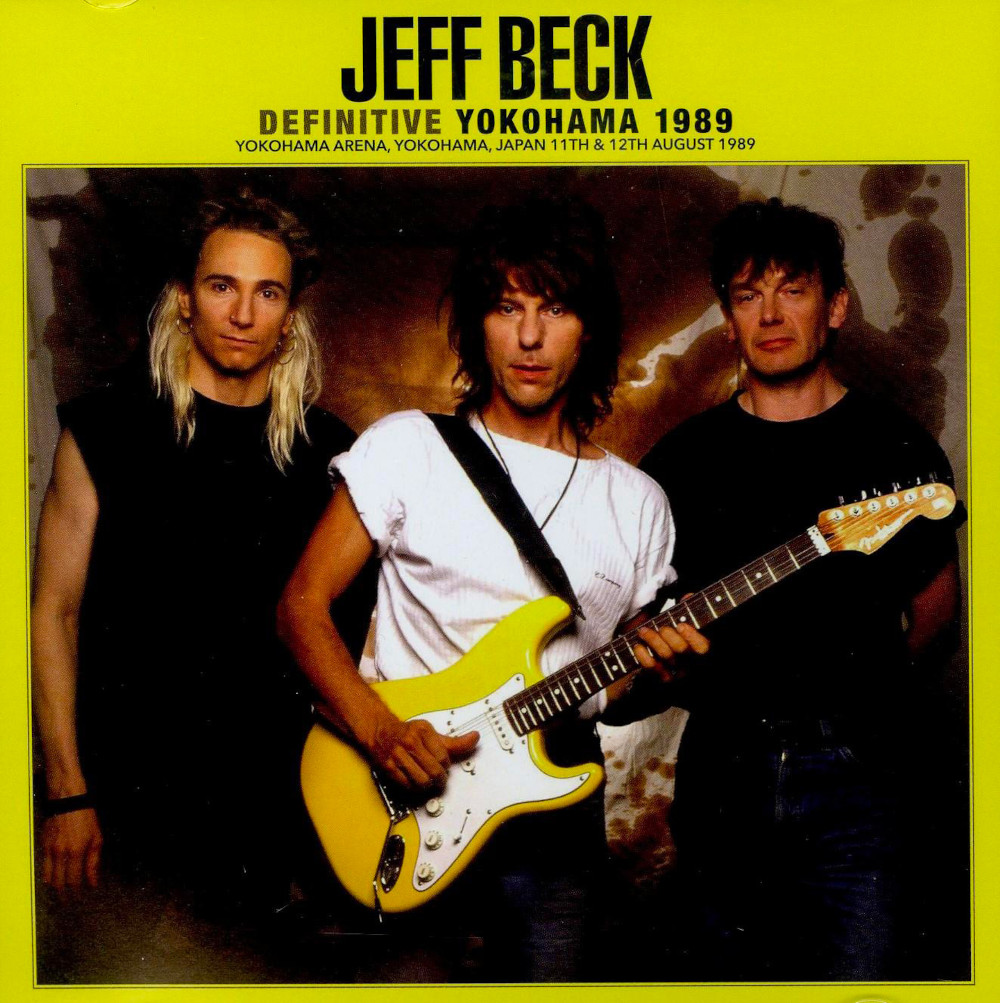
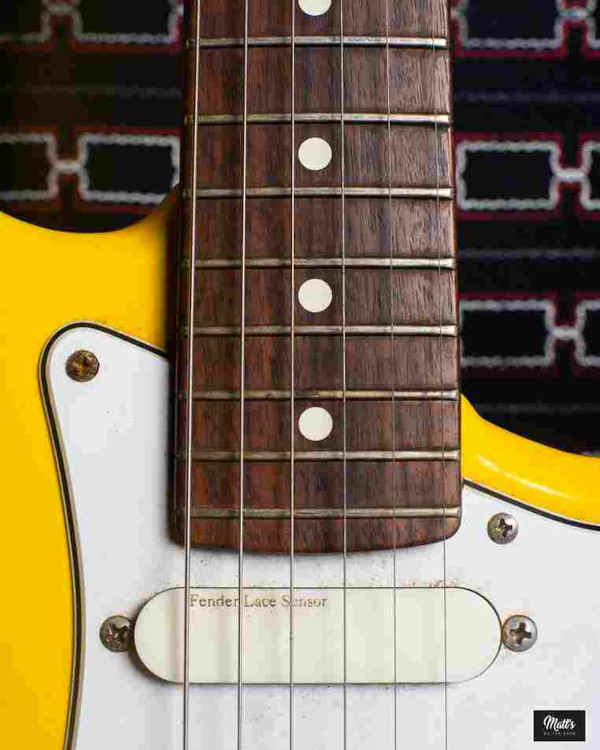
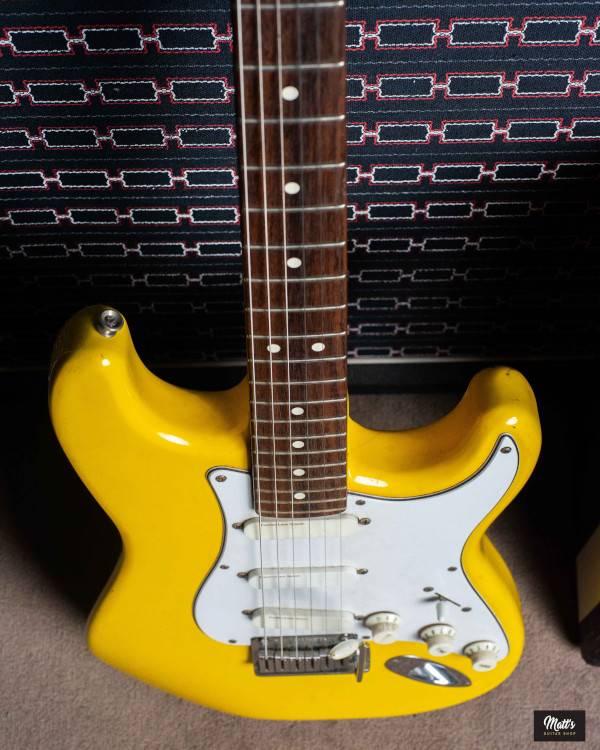

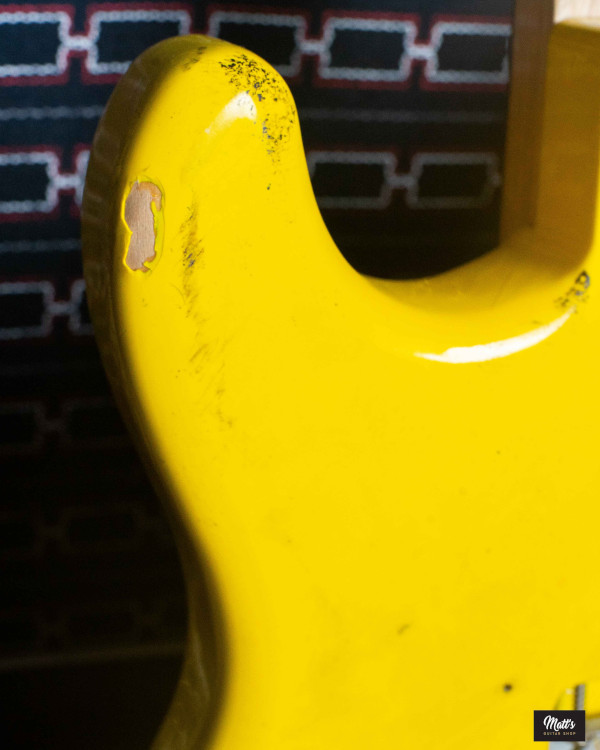
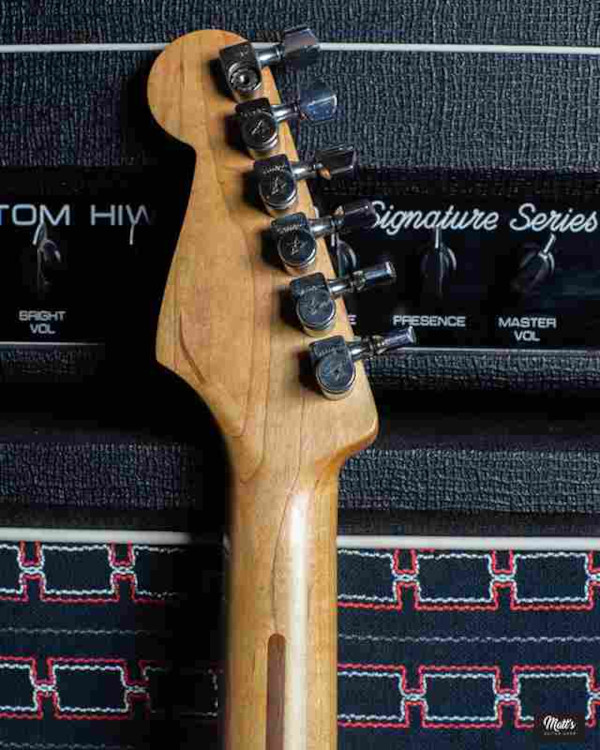
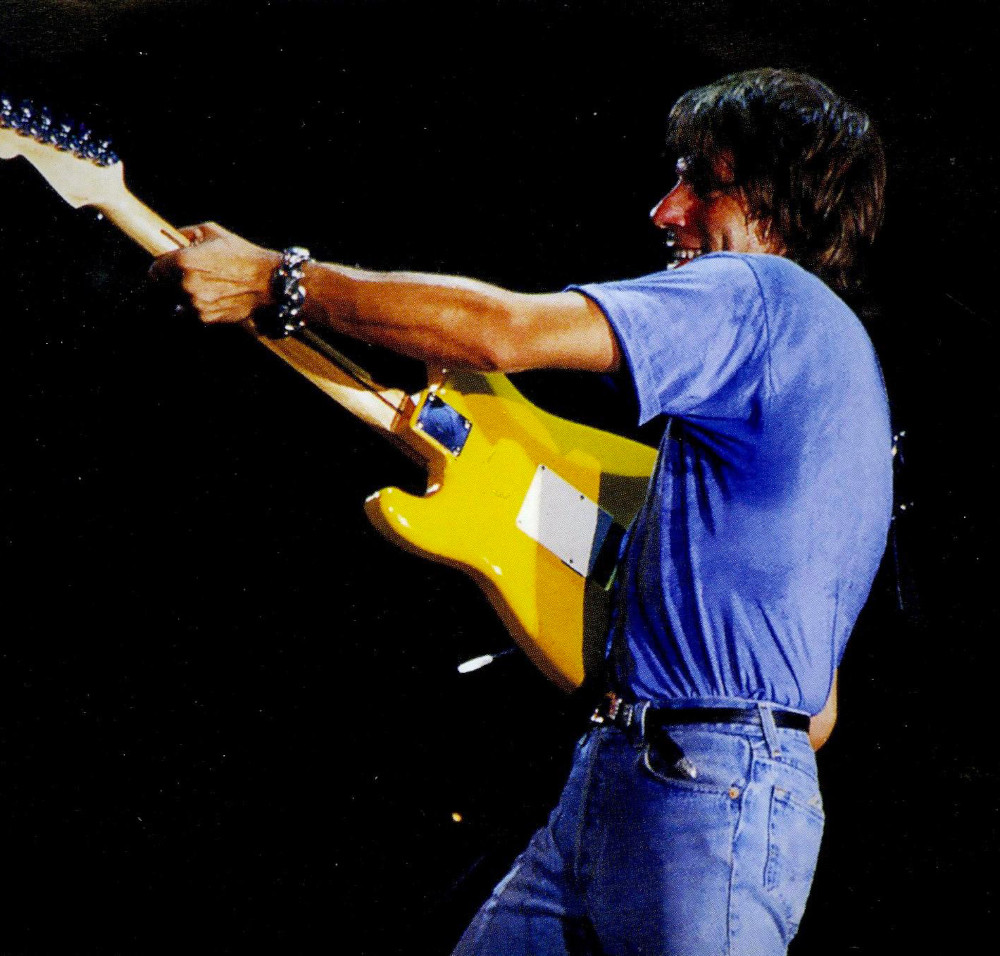

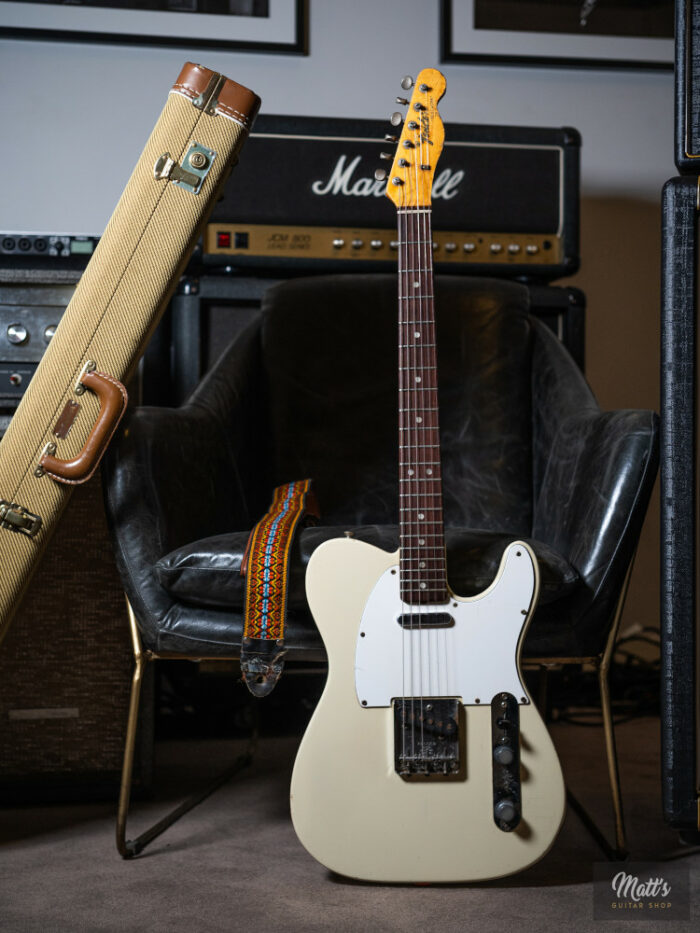

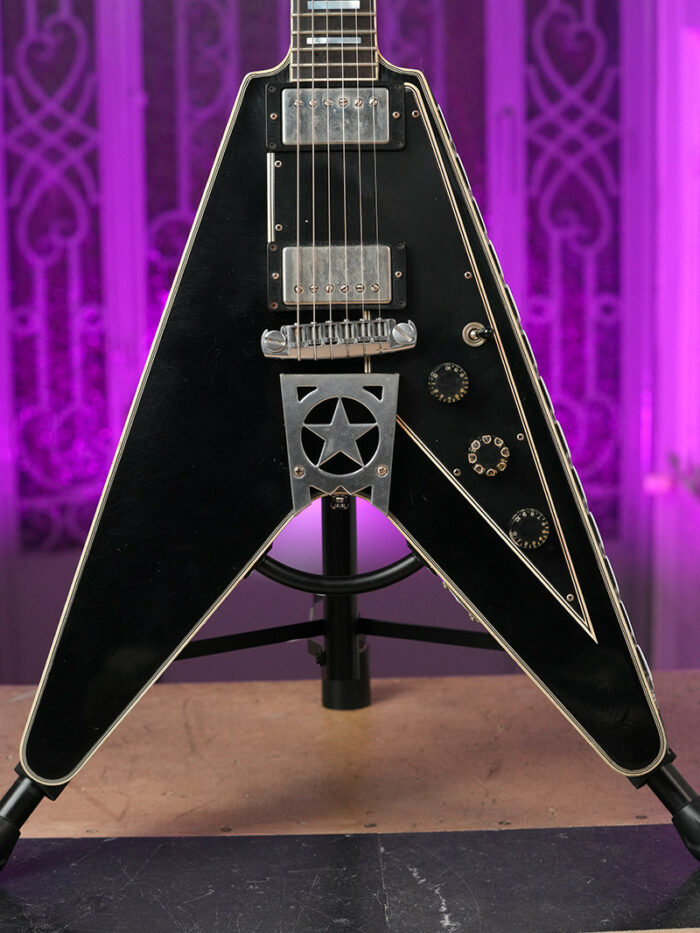
Reviews